Hiking is a sport, accessible to all, adults and children, regardless of their level. A memorable hike is one that is well-prepared even better is hike with a person who knows the terrain like a guide.
Here is our list of essential equipment for hiking!
The right back pack bag
No matter how long or difficult your hike is, it is advisable to combine comfort and practicality. Look for a backpack with padded shoulder straps and a back surface. Backpacks with a chest or waist belt help for better stability. Fun fact, backpacks with a waist belt, at the level of the pelvis, allow to transfer 70% of the weight of the bag on the hips, which spares the shoulders.
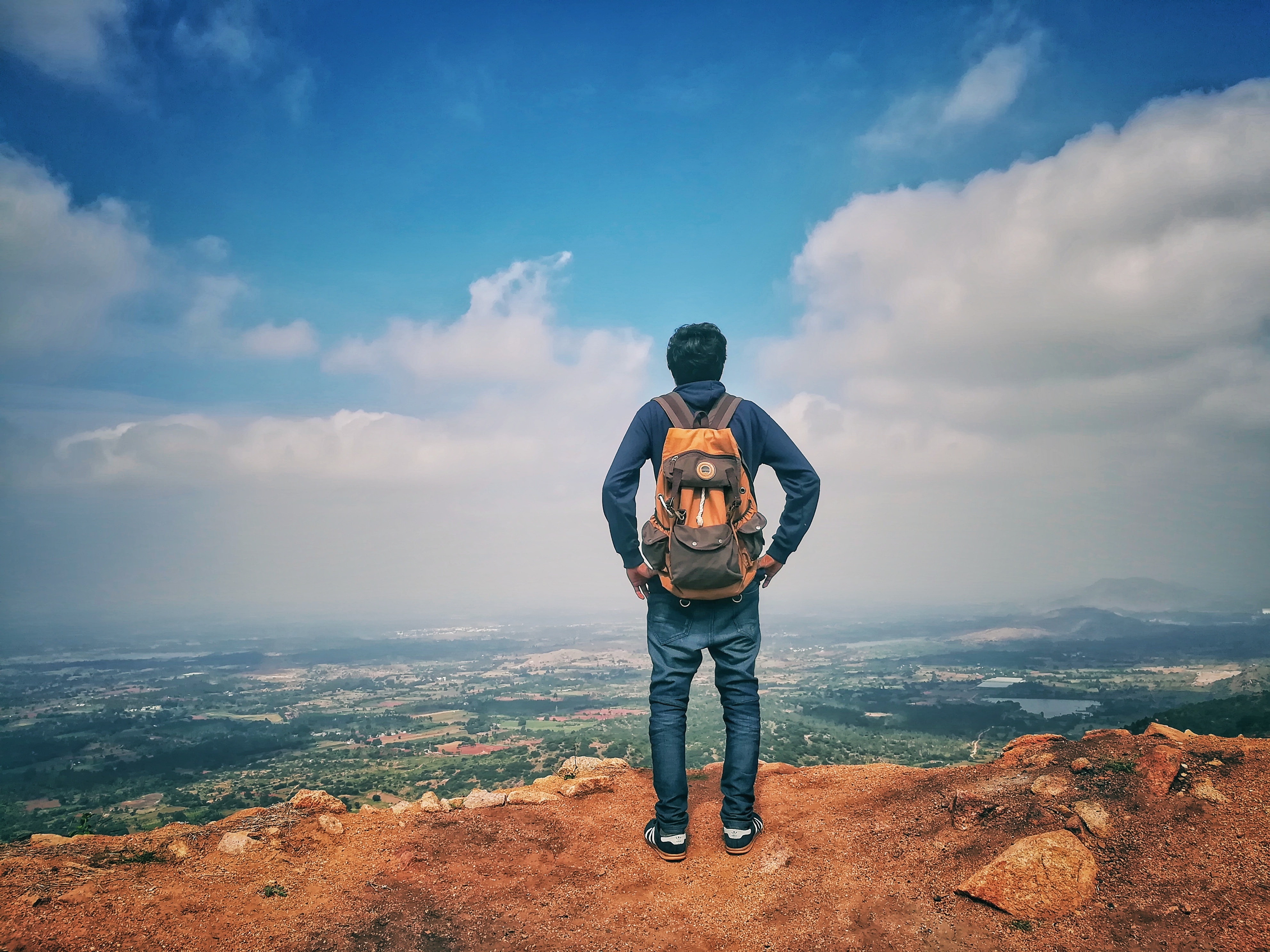
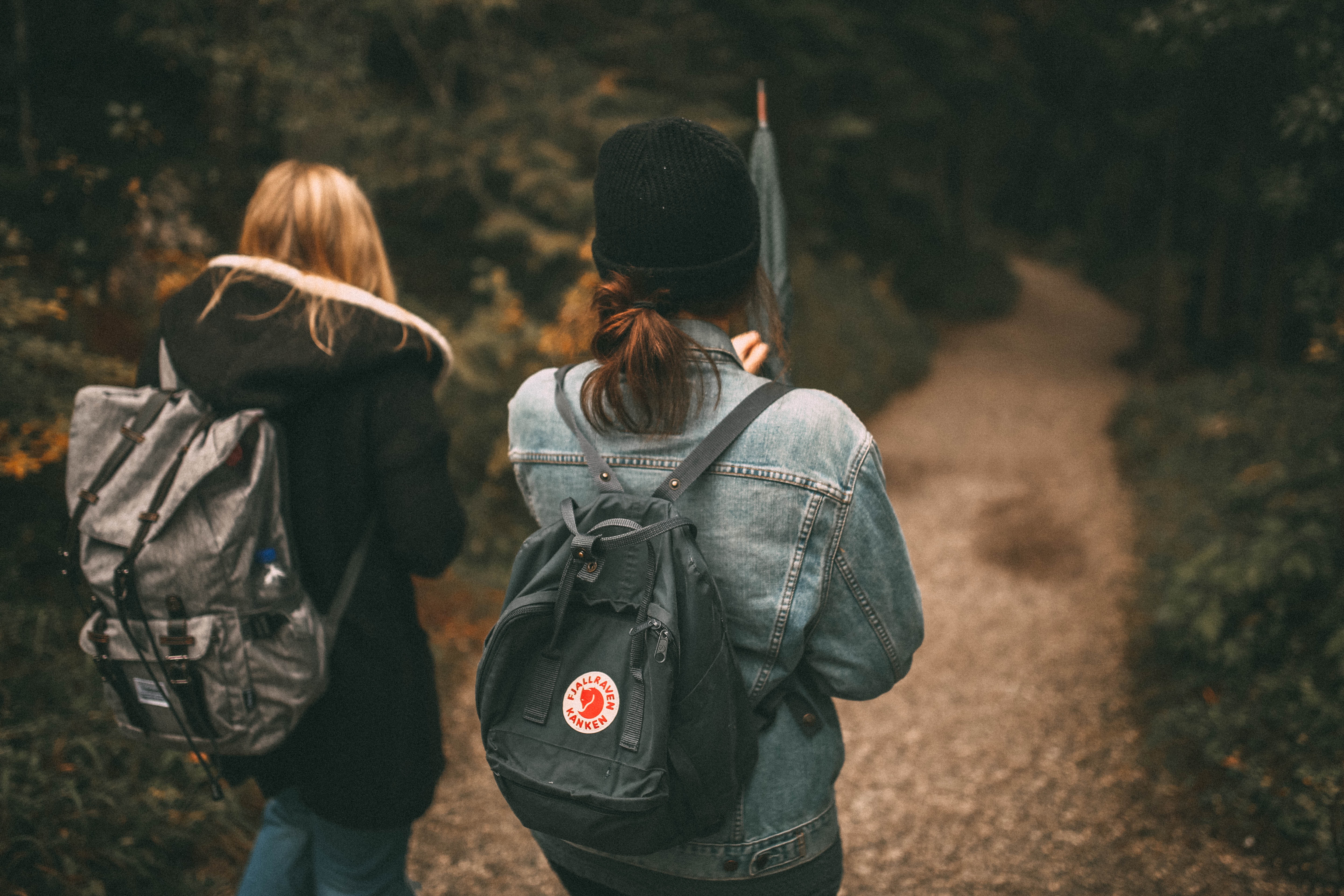
@ Creative Commons
Walking shoes
Whatever your level, a good pair of shoes is a must!
To choose the right pair of shoes, you need to know the type of hiking you will be doing. For mountaineering, descending unstable terrain or walking in the snow, you will need high top shoes. For other types of hiking, such as walking or via ferrata, low shoes will suffice.
Important information: high top shoes are used to protect the ankles (from gravel, for example), but certainly not for support. On the contrary, high shoes do not help strengthen the muscles that support the ankles.
Appropriate clothing - multiple layers of clothing for all weather conditions
You should also consider choosing clothing that is appropriate for the weather and the type of hiking.
For summer, consider dressing in layers of lightweight, "breathable" materials. And above all, don't forget a hat or cap to avoid sunstroke!
In winter, don't dress too warmly as you may sweat during the ascent, and cool down during a less intense effort, the descent. The idea of layering clothing, more or less warm but also waterproof, is always in order. Don't forget a good pair of gloves.
Hiking poles
Think again, poles are much more useful than you think!
Hiking poles allow you to use virtually every muscle in your body, so you can take it easy on your thighs and legs.
They are also a good way to strengthen your balance and avoid falls, especially on unstable mountain terrain such as snow or rocks.
Sunglasses
A good pair of sunglasses is mandatory in summer as well as in winter!
There are 4 categories indicators of sunglasses depending on the percentage of filtered light. Category 4 sunglasses are best for activities in the mountains or by the sea, as they allow only 3 to 8% of the light to pass and provide maximum protection for the eyes from UV rays.
Sunscreen
Another essential for hiking in summer and winter is of course sun cream.
It should be a reflex for all your outings! At sea and in the mountains, the light reverberation is strong. It is even more important in winter to put on sun cream because with the cold, the wind, you don't feel the heat of the sun.
An anti-mosquito spray
This is a non-mandatory but we strongly advise it if you go for a walk near wetlands like marshes, lakes or rivers.
In my back pack I have... Food and drink
Lots (LOTS) of water
Even if you're only doing a short hike, it is MANDATORY to have a water bottle with you! It is probably the most essential piece of equipment in your back pack.
On average, it is recommended to carry 1 to 2 liters of water per person, no matter the duration, the difficulty or the season.
As you already know, our body is 80% water. During an outdoor activity, even at low intensity, we lose water through perspiration. It is therefore necessary to rehydrate as much as possible. And at altitude, you have to hydrate twice as much.
The best part of the hikes, the picnic break.
However, it is important to always have something to nibble on. An energy bar for example. Physical effort and heat can have an impact on your health, if not regulated by breaks. Otherwise, you are exposed to a drop in energy which can be felt when your legs are wobbly, or when you have a lack of concentration, causes for falls.
Our advice: always have carbohydrates at hand!
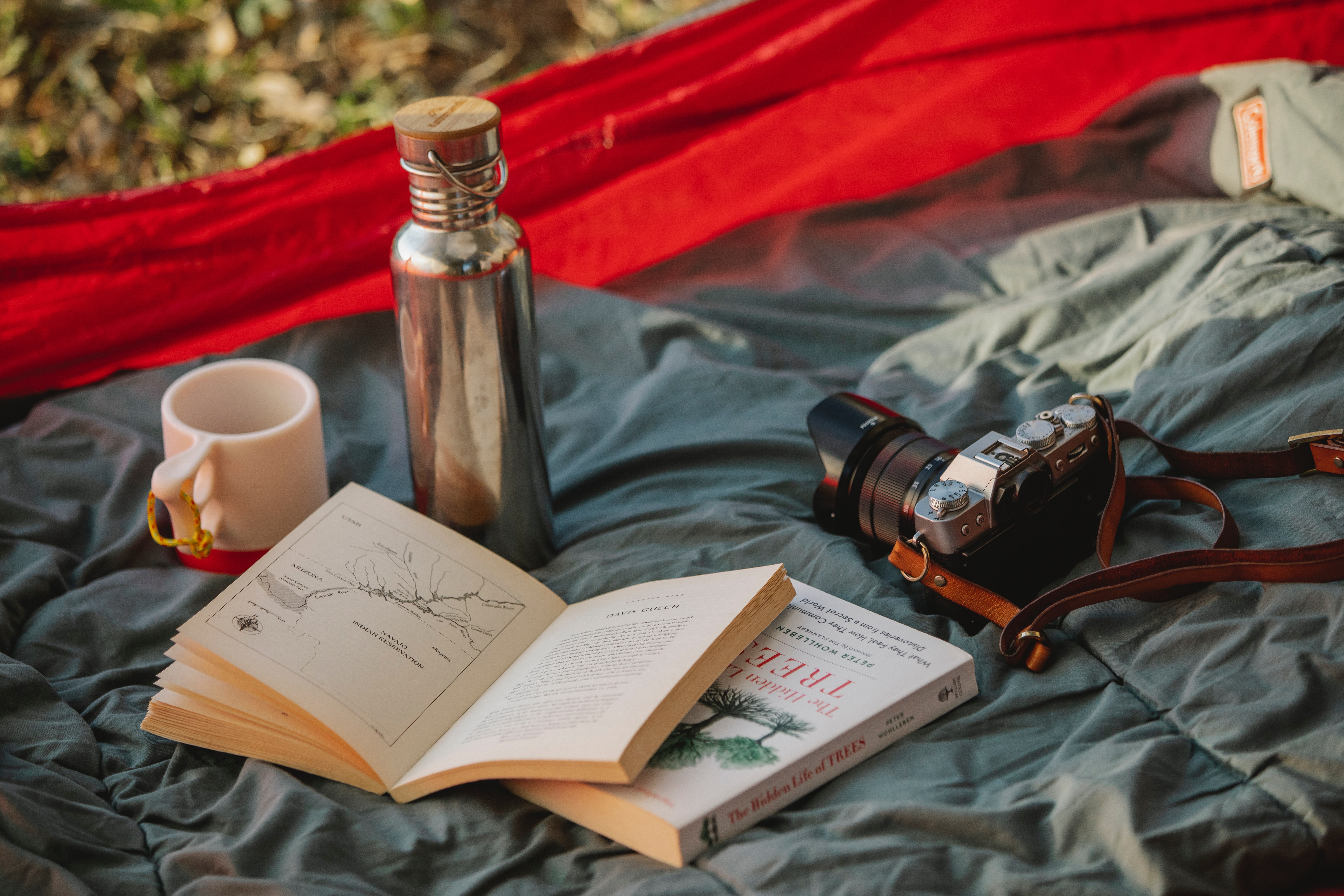
@ Creative Commons
In my back pack I have... guiding equipment
A map of the area and a compass
Before going on a hike, it is very important to be prepared for the unexpected. Even if you know that you are going to follow a marked trail, it is advisable to have a map of the area and a compass to be able to find your way in case of problems.

@ Creative Commons
Better yet, a GPS
GPS beacons allow today to move in the middle of the mountains or the forest while being sure of your position.
The GPS is an interesting help to go hiking. The phone can also be used as a GPS, but beware of areas without network, and the battery!
For adventurers who wish to venture off the beaten path, GPS is MANDATORY. Don't take the risk of getting lost in the wilderness.
In my back pack I have... equipment to ensure my safety!
A first aid kit
You know the saying, better safe than sorry! We advise hikers to always carry a first aid kit.
In it, think of:
- Bandages and sterile gauze pads (various sizes);
- Adhesive tape to hold the bandages in place;
- Antiseptic to clean wounds;
- Aspirin, paracetamol and/or ibuprofen to relieve pain;
- Eye drops to clean the eyes in case of allergies;
- Tweezers to remove splinters and thorns;
- A pair of scissors to cut the compresses and bandages;
- Latex gloves to clean wounds without contaminating them;
- A survival blanket to keep an injured person warm.
A flashlight or headlamp
You may think that a headlamp is not necessary for hiking. But it may have more advantages than you think.
Among other things, the first question is not to see well, but especially to be seen. For example during some hikes you may have to have to cross a departmental road. Just like cyclists on the road, the headlamp will allow you to be seen by motorists.
If your hike lasts longer than you thought, you will be more comfortable walking with a headlamp when the sun goes down. And if you are hiking for several days, a lamp is a must have!
A Swiss Army knife
The knife was originally part of the survival kit in the wilderness. Today, the knife is more used by camping enthusiasts. It is generally multifunctional and easily transportable.
A whistle
If during your walk, you hear several whistle blasts, it may mean that a hiker is in danger. The sound is loud and can be heard from a distance. It is also easy to use.
It is especially a way to call for help when you don't have any network!
In my back pack I have... equipment to make me happy memories!
Camera
We advise you to take material which will allow you to make beautiful memories.
The camera in the first place is a must, to take pictures of beautiful landscapes, or to take pictures of the people accompanying you. No need to be an expert or to have a high quality camera. The main thing is to be able to bring back memories.
Many of you also use the camera function of your phone, but don't forget to keep some battery power in case of emergency!
Binoculars for wildlife observation
Every hiker should have a pair of binoculars with them! In the mountains, you may be lucky enough to spot a marmot or a chamois. But in order not to scare them away and to respect their space, you should observe them from a distance.
Binoculars are very useful to be discreet while enjoying the beauties of nature!
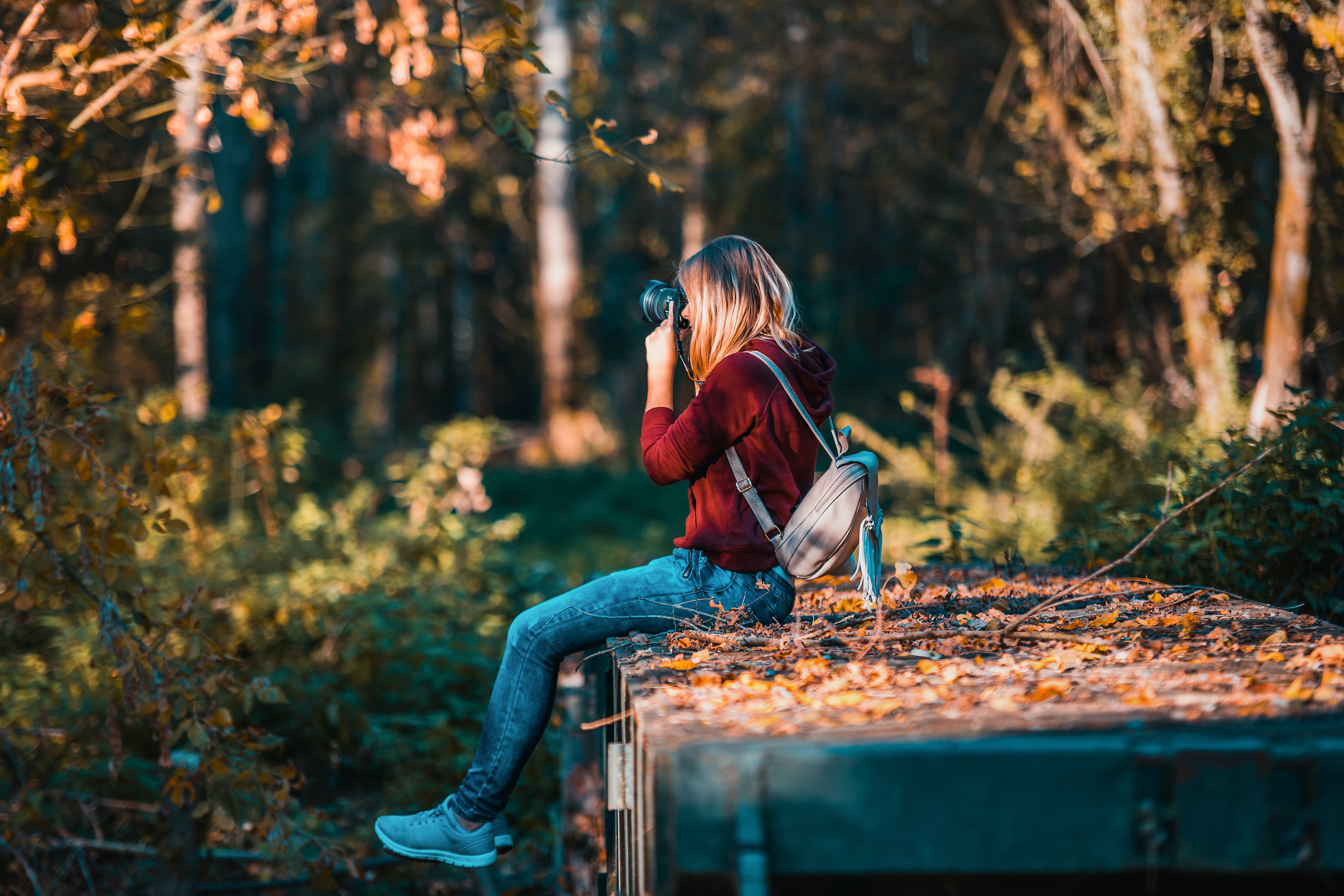
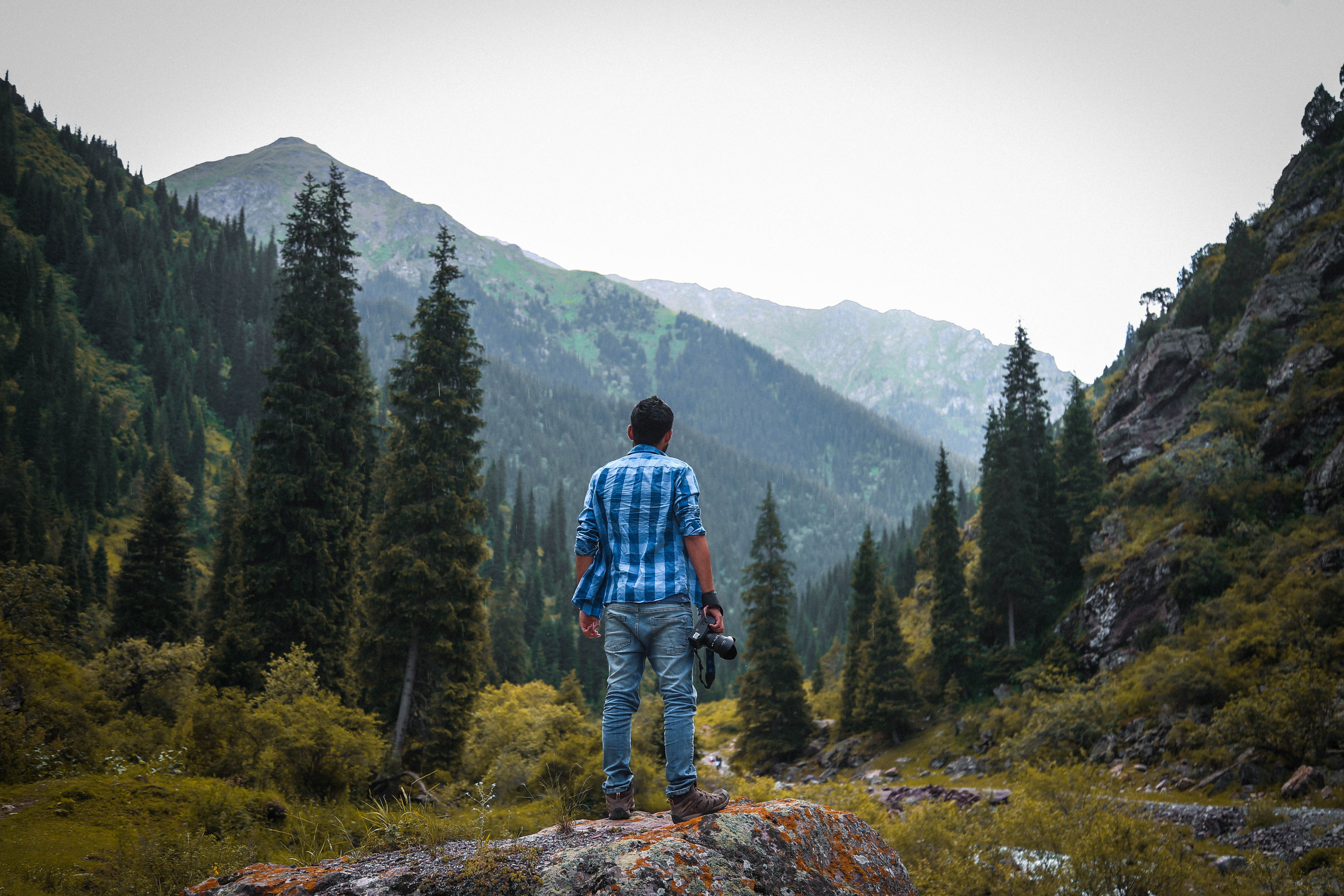
@ Creative Commons
As mentioned, the backpack is necessary and essential to carry all this important material.
Get out there, have fun, observe and respect nature. What you bring in comes out with you.
Don't leave anything in the most prestigious of places!
And for ideas of hiking in the Alps, we share with you our top 10!
Experience Mont Blanc accompanies you in the organization of your vacations! Contact us for more information!
Find more activities on experience-mont-blanc.com
